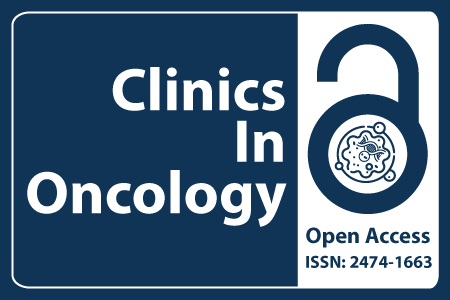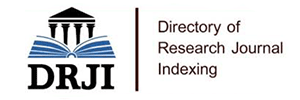
Journal Basic Info
**Impact Factor calculated based on Google Scholar Citations. Please contact us for any more details.Major Scope
- Chemoprevention
- Haemato-Oncology
- Colorectal Cancer
- Brain and Spinal Cord Cancer
- Prostate Cancer
- Radiation Oncology
- Urological Cancers
- Central Nervous System Tumors
Abstract
Citation: Clin Oncol. 2019;4(1):1633.DOI: 10.25107/2474-1663.1633
Examination of the Efficacy of Fulvestrant 500 mg Targeting Estrogen Receptor-Positive Postmenopausal Metastatic Breast Cancer: Prospective Observational Study (PerSeUS BC03 Study)
Manabu Futamura, Takumi Nakada, Yoshinori Kawaguchi, Masahito Nawa, Makoto Takeuchi, Kazuhiro Ishihara, Yasuko Nagao6, Kasumi Morimitsu, Atsuko Ogiso, Toshihisa Matsuki, Junko Kato, Yoshimi Asano, Yoshihisa Tokumaru, Toshio Shimokawa and Kazuhiro Yoshida
Department of Breast Surgery, Gifu University, Japan
Department of Breast Surgery, Gifu Municipal Hospital, Japan
Department of Breast Surgery, Asahi University Hospital, Japan
Department of Breast Surgery, Kizawa Memorial Hospital, Japan
Department of Surgery, Gihoku Kosei Hospital, Japan
Department of Breast Surgery, Gifu Prefectural General Medical Center, Japan
Department of Surgery, Ibi Kosei Hospital, Japan
Clinical Study Support Center, Wakayama Medical University, Japan
*Correspondance to: Manabu Futamura
PDF Full Text Research Article | Open Access
Abstract:
This multi-institutional prospective cohort study aimed to examine the efficacy and safety of 500 mg of Fulvestrant (Ful-500) in postmenopausal Estrogen Receptor (ER)-positive Advanced or Recurrent Metastatic Breast Cancer (AMBC). Patients with second, third or fourth-line Endocrine Therapy (ET) were recruited. From August 2013 to June 2016, participants were administered Ful500 as two 5-mL intramuscular injections on days 0, 14, and 28 and thereafter, every 28 days until disease progression. The primary endpoint was Progression-Free Survival (PFS). Overall Response Rate (ORR), Clinical Benefit Rate (CBR), and safety were the secondary endpoints. For PFS, the Kaplan-Meier method was used to estimate the survival curve with a threshold Median Survival Time (MST) of 3 months and an expected MST of 5.5 months, at a one-sided significance level of 0.05 and power of 0.8. All statistical tests were two-sided. A 5% error was used in the PFS analysis. Of the 51 enrolled patients, 46 (second-line: 31, third-line: 10, fourth-line: 5) were analyzed. The median PFS duration was 8.5 months (95% confidence interval [CI], [5.6-14.5]). Furthermore, the 90% CI of the mean PFS was 5.6-14.5 months. The lower 90% CI value was higher than the median PFS (3 months) threshold, signifying that Ful-500 use was effective in these patients. The ORR and CBR values were 6.5% (3/46) and 71.7% (33/46), respectively. Adverse events, all grades 1-2, were observed in 15 cases (32.6%). Ful-500 use was effective and safe in second to fourth-line ET for ER-positive postmenopausal AMBC.
Keywords:
Cite the Article:
Futamura M, Nakada T, Kawaguchi Y, Nawa M, Takeuchi M, Ishihara K, et al. Examination of the Efficacy of Fulvestrant 500 mg Targeting Estrogen Receptor-Positive Postmenopausal Metastatic Breast Cancer: Prospective Observational Study (PerSeUS BC03 Study). Clin Oncol. 2019; 4: 1633 .













